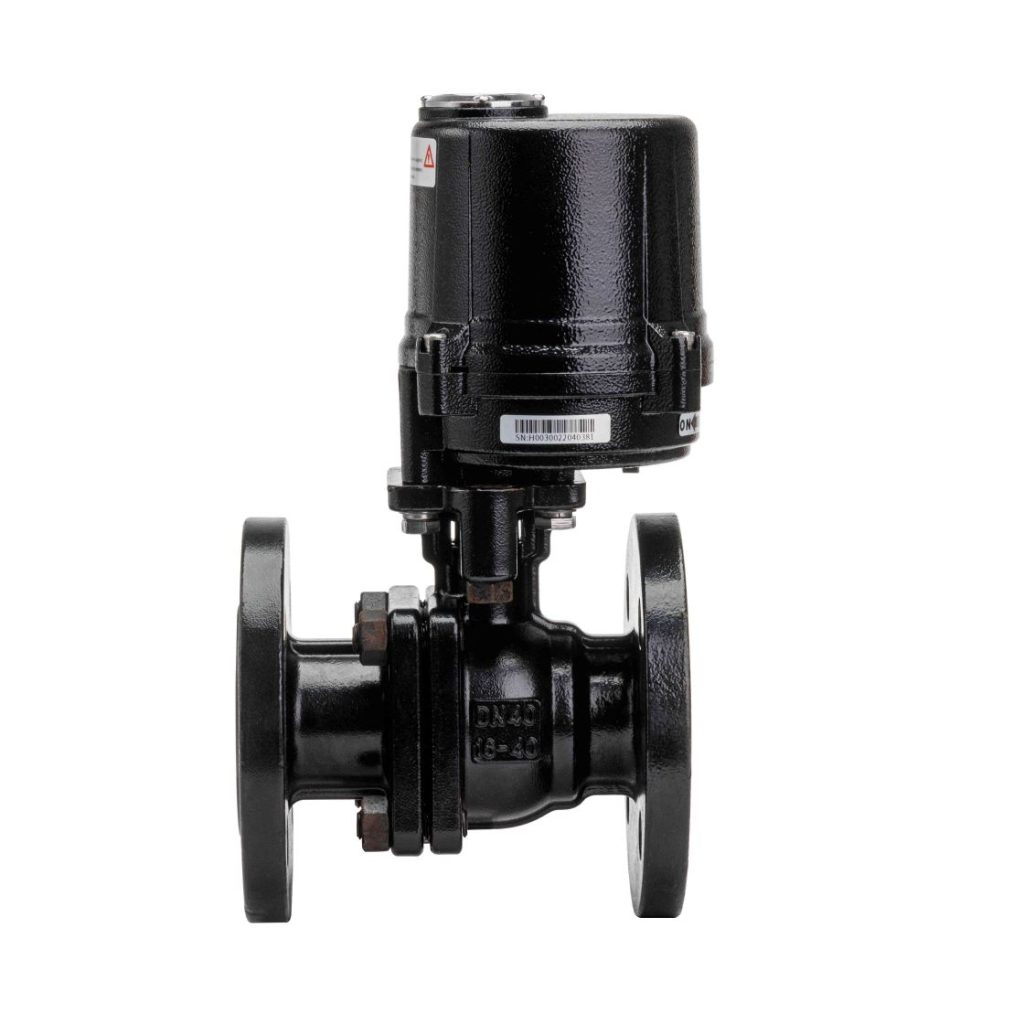Electric high-temperature ball valves are specialized industrial valves designed to handle high-pressure and high-temperature fluid control needs. These valves are widely used in various sectors like chemical processing, oil and gas, power generation, and other industries where precision, durability, and efficient performance are paramount. With advancements in electric actuation technology, these valves have evolved to offer a reliable, automated solution to manage the flow of liquids, gases, and slurries in extreme operating conditions. This article explores the construction, benefits, applications, and future trends associated with electric high-temperature ball valves.

What is an Electric High-Temperature Ball Valve?

At its core, an electric high-temperature ball valve combines the basic features of a ball valve with an electric actuator. A ball valve is a quarter-turn valve, where a ball with a hole or port is rotated to control the flow of the media. In high-temperature applications, these valves are specifically designed to maintain integrity and performance in environments where temperatures can exceed standard limits—up to 800°F (427°C) or higher. The electric actuator, which is powered by electricity, operates the valve automatically, offering precise control over the valve’s opening and closing mechanism.

Leave a Reply